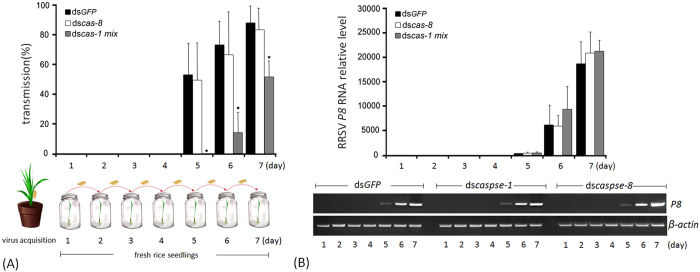Figure 7. Transmission of RRSV from viruliferous N. lugens insects to rice seedlings.
(A) Second-instar nymphs were microinjected with the dscaspase-1 mixture or dscaspase-8 and inoculated on viruliferous rice seedlings, after which they were transferred to fresh rice seedlings as shown in the schematic representation. The dsGFP-injected individuals were used as controls. The day on which the insects were transferred to healthy rice seedlings was regarded as the first day and is shown on the x-axis. The transmission rate of RRSV from the viruliferous individuals to the fresh rice seedlings is shown on the y-axis. Error bars indicate the standard deviations of three independent experiments. The asterisks indicate statistical significance at p < 0.05 (*) by Student’s t-test compared to the dsGFP-treated control. (B) Determination of the virus loads after dsRNA treatments in N. lugens salivary glands. The N. lugens nymphs were treated with dscaspase-1 mixture, dscaspase-8 or dsGFP and infected with RRSV as described in this figure (A). Total RNA was extracted from the salivary glands at the indicated times and subjected to quantitative real-time PCR and reverse transcription-PCR analysis. For quantitative real-time PCR, samples from each time point were tested in three biological replicates, and the mean value used to analyze the relative transcript levels as described in Fig. 1. Reverse transcription-PCR analysis is shown in the lower panel. Total RNA (1 μg) was used as a template. The dscas-1 mix, dscas-8 and dsGFP refer to dscaspase-1 mixture, dscaspase-8 and dsGFP-treated samples, respectively.

